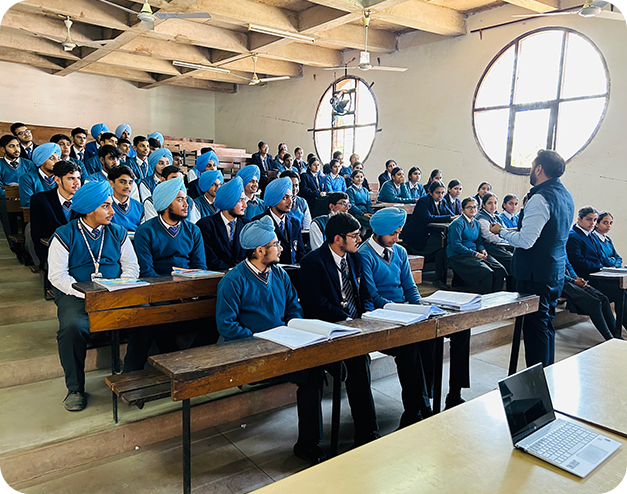-
 Call Now ! +91-9888396302
Call Now ! +91-9888396302 -
 Email Now info@neetguruchandigarh.com
Email Now info@neetguruchandigarh.com


Our expertise lies in guiding students to secure admissions in courses like MBBS, BDS, BAMS, BHMS, and B.V.Sc. through the highly competitive and intricate NEET counseling process.
Every State has different counseling norms, different dates of counseling, different types of reservation categories.
Read MoreBAMS is a five-and-a-half-year undergraduate degree program in the traditional system of Indian medicine.
Read More

Years of Experience
 NEET GURU CHANDIGARH
NEET GURU CHANDIGARHAt NEET Guru Chandigarh, we provide professional and personalized paid counseling services for NEET UG and PG aspirants. Our expertise lies in guiding students to secure admissions in courses like MBBS, BDS, BAMS, BHMS, and B.V.Sc. through the highly competitive and intricate NEET counseling process.
The 85% of seats in medical colleges are reserved for state..
The remaining 15% of seats are filled through the MCC...

Himachal Pradesh is an open State from MBBS admissions point of view...
Read More
You can focus on your dream of becoming a medical professional, while we handle the complexities.

With years of experience in NEET counseling, we have helped numerous students secure their dream admissions.

Every student is unique. We provide personalized counseling plans that align with your specific needs and preferences.

We believe in transparency and keep you informed at every stage of the process.





NEET Guru Chandigarh offers expert NEET counseling to guide students through exam preparation and career pathways
Read MoreNEET Guru Chandigarh provides guidance for MS/MD admissions, offering expert support for securing medical postgraduate seats.
Read MoreNEET Guru Chandigarh specializes in NRI admission guidance, ensuring a seamless process for securing medical seats abroad.
Read MoreSeamlessly visualize quality ellectual capital without superior collaboration and idea tically
Read MoreNEET Guru Chandigarh guides students in securing admissions to top medical colleges with expert counseling and support.
Read MoreTrusted By 7K+ Students


Every year, thousands of students appear for NEET with the dream of becoming doctors, but the counselling and admission process can often feel confusing. To make things easier, we’ve answered the most common questions asked by students.


I’m honestly so grateful to Amit Sir for helping me throughout my entire neet counselling journey. He guided me with so much patience, clarity, and care. Even when things felt confusing or impossible, he stayed calm and helped me get through every step, even late at night. 🙏🌸✨

NEET Guru Chandigarh, led by Sh. Amit Bharal has helped us in securing admission of our daughter in MBBS. The personalised guidance, professional approach and disseminating timely information has been actually useful.

Great experience with NEET GURU Chandigarh.. Amit Sir who guides me during whole couselling process and helps me to take admission in good medical college..Even the whole staff is very supportive.. always pick the calls and reply to our messages asap 😇

Excellent experience with Neet Guru, without their support we were in dark. They guide us to right way and we got the admission in desired college. I always recommend the Neet Guru

Very heartwarming experience with Amit Bharal Sir , felt positive and secured in safe hands. Thank you so much sir for being in the beginning of our journey. Expecting more teachers like you in college. Once again thank you so much sir.


NEET Guru Chandigarh offers expert guidance and coaching for NEET aspirants, providing personalized mentorship, comprehensive study materials, and result-oriented strategies.

We tackle your biggest challenges through personalized, face-to-face counseling sessions designed to address your unique goals, doubts, and circumstances. Each session is led by our experienced team of NEET experts who guide you step-by-step — from understanding your score and rank to identifying the best-fit colleges and predicting realistic admission possibilities. What makes our approach even stronger is the real-world insight we share from previous students who have successfully navigated the same journey. Together, this blend of expert advice and peer experience ensures you make confident, well-informed decisions throughout the counselling process.